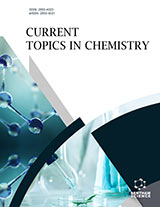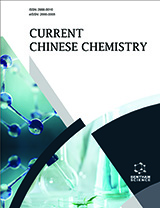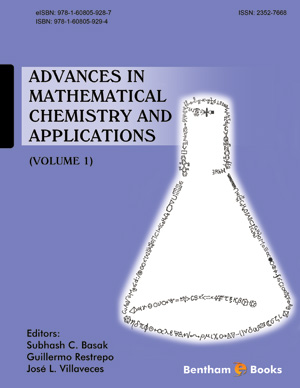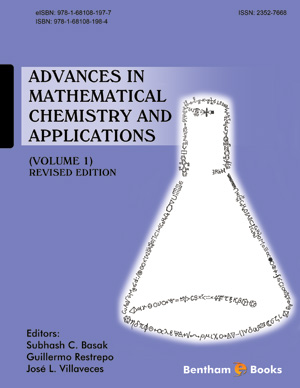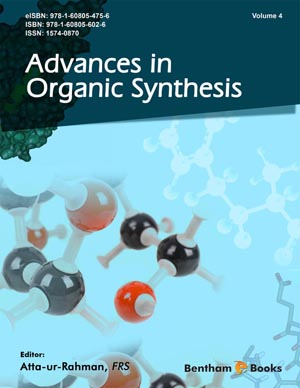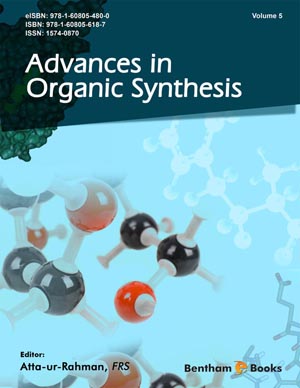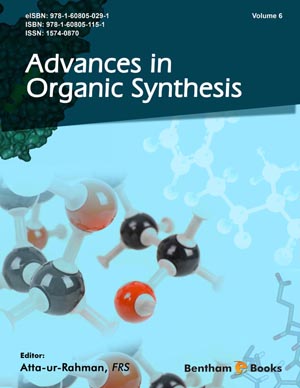Abstract
In this chapter, we present an exhaustive study on a synthetic compound, 4- Amino-3-(4-hydroxybenzyl)-1H-1,2,4-triazole-5(4H)-thione (4AHT) and its tautomer employing both experimental and theoretical methods. 4AHT was synthesized by the reaction of 4-hydroxyphenylacetic acid and thiocarbohydrazide. The derivatives of 1,2,4-triazole are known to display antiviral, antidepressant, antimicrobial and antiinflammatory activities. A DFT study on thione and thiol tautomers of 4AHT has been performed using the B3LYP/6-31+G(d,p) level. The calculated geometrical parameters are obtained to be in compliance with corresponding crystallographic values. The FTIR spectrum of 4AHT obtained by the KBr disc technique has been explained by assigning the normal modes based on their potential energy distributions. The UVvisible spectrum of the title compound has been discussed by calculating the electronic transitions in several excited states using the TD-DFT method. The 1H-NMR spectrum has also been studied by the GIAO method, which provides a good linear correlation between calculated and experimental chemical shifts. These spectroscopic results propose the dominance of the thione form of 4AHT in the solid-state and NH-SH tautomerism in the liquid form. This chapter is designed to provide a complete picture of the DFT based studies on molecular systems.
Keywords: B3LYP, DFT, Electronic parameter, Electronic transition, Experiment, FT-IR, HOMO, LUMO, MESP, NH-SH tautomerism, NMR, PES, Reaction, Synthesis, Tautomer, TD-DFT, Thermodynamics, Thiol, Thione, UVvisible.








